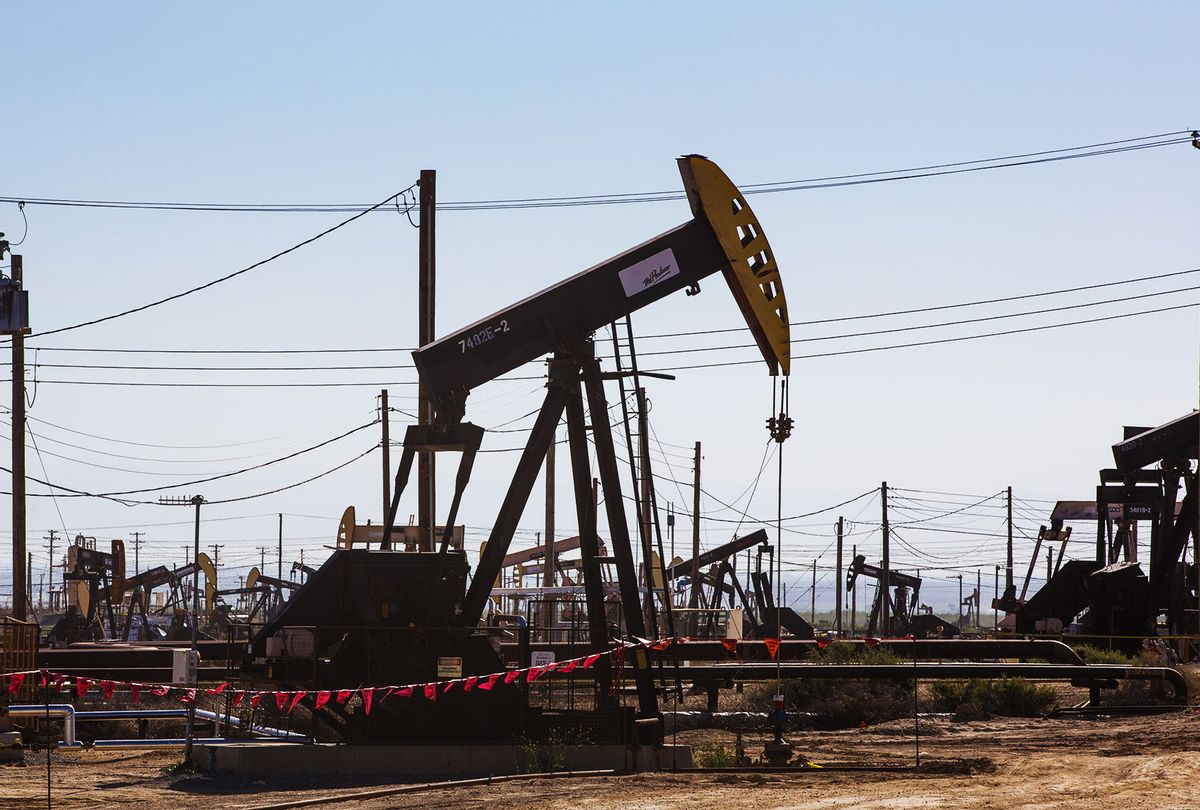A new study published in the journal "Science" suggests that there's a lot more methane leaking out of oil and gas extraction sites than previously accounted for. The authors of the study estimate that between eight and 12 percent of the oil and gas industry's methane emissions, around eight million metric tons per year, are attributable to "ultra-emitting" bursts from wells and pipelines, due to accidents or regular maintenance. For years, scientists and policymakers have puzzled over a sizable gap between reported methane emissions and actual field measurements of the potent greenhouse gas, and these results begin to fill it.
Many of these bursts are intentional; companies will simply release built-up methane from a well or pipeline before doing repairs or other service on it. The United States is the third-largest contributor of emissions from these super-emitting events – and that's without the Permian Basin, which produces 10 percent of the nation's natural gas but was not included in this study due to the close proximity of extraction sites, which makes the source and size of individual methane plumes more difficult to measure.
These findings are alarming in that they add to the long list of under-measured contributions to the methane crisis. Any well that is drilled will eventually stop producing oil and gas, and when that happens it needs to be properly sealed and cleaned up. However, that process is costly and complex, and it has been easier for oil and gas companies to simply not do it and hope they won't ever have to deal with the consequences – leaving a host of "orphaned wells." A Grist investigation into this issue in Texas and New Mexico indicated that orphaned wells are significantly undercounted nationwide, and one estimate of the number of orphaned wells in the United States is as high as 4 million.
This is also a significant issue in Appalachia, due to the longevity of oil and gas' presence in the region. An Environmental Defense Fund report on orphaned wells suggested that such undercounting may be more severe in Pennsylvania than anywhere else in the United States, since oil and gas extraction in the state dates back to the mid-19th century when there was no obligation to record the drilling of a well.
And a December 2021 report from the Ohio River Valley Institute found that there are 177,000 "stripper wells" in the region which spans Kentucky, Ohio, West Virginia, and Pennsylvania. These are, essentially, pre-orphaned wells: sites that are producing very little oil and gas, but are kept operational by their owner companies to avoid the costs and logistics of cleanup. In the Ohio River Valley, stripper wells are releasing close to 200,000 tons of methane annually, which is approximately equivalent to the carbon emissions of 553 million gallons of gasoline.
The Biden administration has committed $4.7 billion to the ordeal of plugging orphaned wells around the country, which will be distributed by the Department of the Interior starting this year. That announcement – and availability of funds, albeit criticized as an insufficient amount – has precipitated a remarkable increase in states' reporting of orphan wells.




Shares